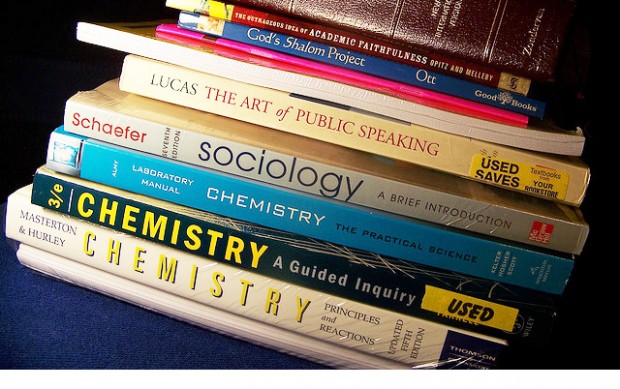Thanks to https://edgefoundation.org/2017/01/08/how-to-create-better-learning-experiences-for-adhd-students-by-understanding-learning-styles/
As they grow and develop, children depend on all of their senses to learn. However, researchers have long understood that a child learns better with one sense over the others. This is the child’s preferred learning style. The VAK learning model, developed in the 1920’s, identifies 3 primary learning styles – auditory, visual and kinesthetic. Understanding a child’s learning style can help parents and teachers create more effective and engaging learning experiences, especially for students with ADHD.
As Meghan Cooney at Study.com noted:
Auditory learners learn best through talking and listening, visual learners do best with spatially organized information, kinesthetic or "hands-on learners" thrive when they are in experiential settings. No learning style is ”better” or ”worse” than the others, but learning experiences that take a child’s preferred style into account will optimally support his or her educational process. Not only that, learning experiences tend to be more engaging and hold a student’s attention better when presented with their preferred learning style in mind. This can be instrumental in helping ADHD students focus on their material.
In addition to general accommodations in the classroom for learners with ADHD, there are specific things teachers and parents can do that cater to the preferred learning style of these kids.
Below are some examples for each learning style.
- Auditory Learners
These children learn best by hearing things explained. They are highly attuned to voice tone, speed, volume, and inflection. Ways to make their learning experiences more engaging include:
Studying with a buddy that they can talk to and bounce ideas off of
Recording lectures and notes in the classroom when possible
Using flashcards and reading the information aloud
Having the right level and type of auditory background when studying or learning
- Visual Learners
Visual learners respond best to things they can see in a form that makes it easy to recall and understand. Ideas to help leverage this preferred learning style include:
Having information presented in charts, maps, diagrams or other visual displays
Taking written notes that include diagrams to organize the information
Using flashcards as a visual cue to help retain information
- Kinesthetic Learners
Kinesthetic learners are attracted to learning activities that involve action, movement, and hands-on experimentation. Tools that help them in the classroom and at home include:
Giving them the opportunity to engage in physical activities after school
Allowing to non-disruptive activities in the classroom to help them retain information, such as using a stress ball, doodling or tapping a hand or foot
Allowing the child to take breaks, stand, change positions and move around while learning
Using role play as part of a learning experience when possible
=======================

